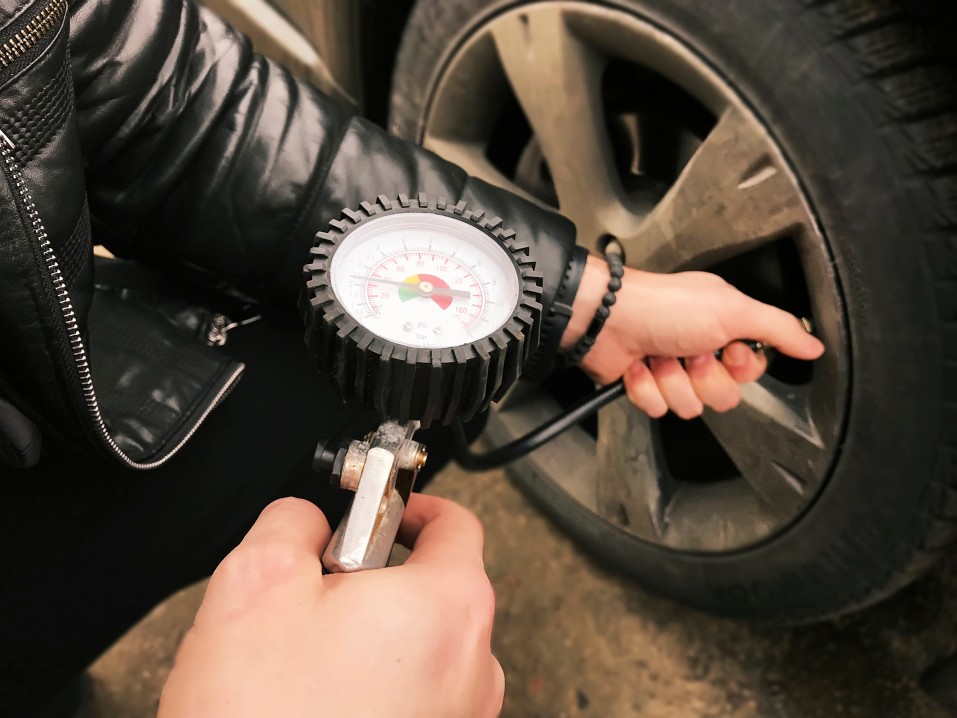Basic Car Repairs You Should Know
It’s a good idea to get familiar with car repair basics if you are interested in doing some DIY work. This includes checking the fluid levels of the brake fluid and oil, the hoses and belts within the engine bay, as well as checking the coolant level. A good set of tools is a necessity for any mechanic. However, some of the tools you should have on hand include wrenches and pliers. Safety gear is also important, as you can get hurt if your tools aren’t available.
Check the coolant level
You might flush the radiator if your car’s coolant level has dropped. By flushing the radiator, you will avoid electrolysis due to the breakdown of old coolant. The coolant level is critical to ensure that the engine and cooling system lasts. To find out how much coolant your car needs, follow these steps. This information can then be shared with your mechanic.

Inspect the engine bay for hoses or belts
Many vehicles have many belts and hoses within the engine compartment. These should be checked frequently. When they break, a car’s engine will not run properly, and the result could be an expensive breakdown. The spring is the best time to inspect rubber parts in the engine compartment. It is cooler so they are more susceptible to cracking and deterioration.
Check the oil level
One of the most basic and affordable car repair jobs is checking the oil level. If the oil level is low, it can cause serious problems. It is simple to check your oil level. For more information, please refer to the owner’s manual. In addition to ensuring your car runs smoothly and preventing engine damage, it is important to check the oil level. Here are some tips to check your oil level.
Check the level of brake fluid
It is not difficult to take care of your car’s brakes. Low brake fluid can cause problems. It is best to stop your car and place it on a flat, level surface to check your brake fluid levels. You should also wait until the engine is completely cooled before you begin checking the level. It’s easy to check the brake fluid level and it will save you both time and money.
For engine damage, check the timing belt
When you are doing car repairs, check the timing belt to make sure it isn’t damaged. It is hidden behind many engine components so it is difficult to check if it’s in good shape. However, if your engine has been having issues lately, you might want to have it checked out by an ASE certified mechanic. A broken timing belt can ruin your engine.